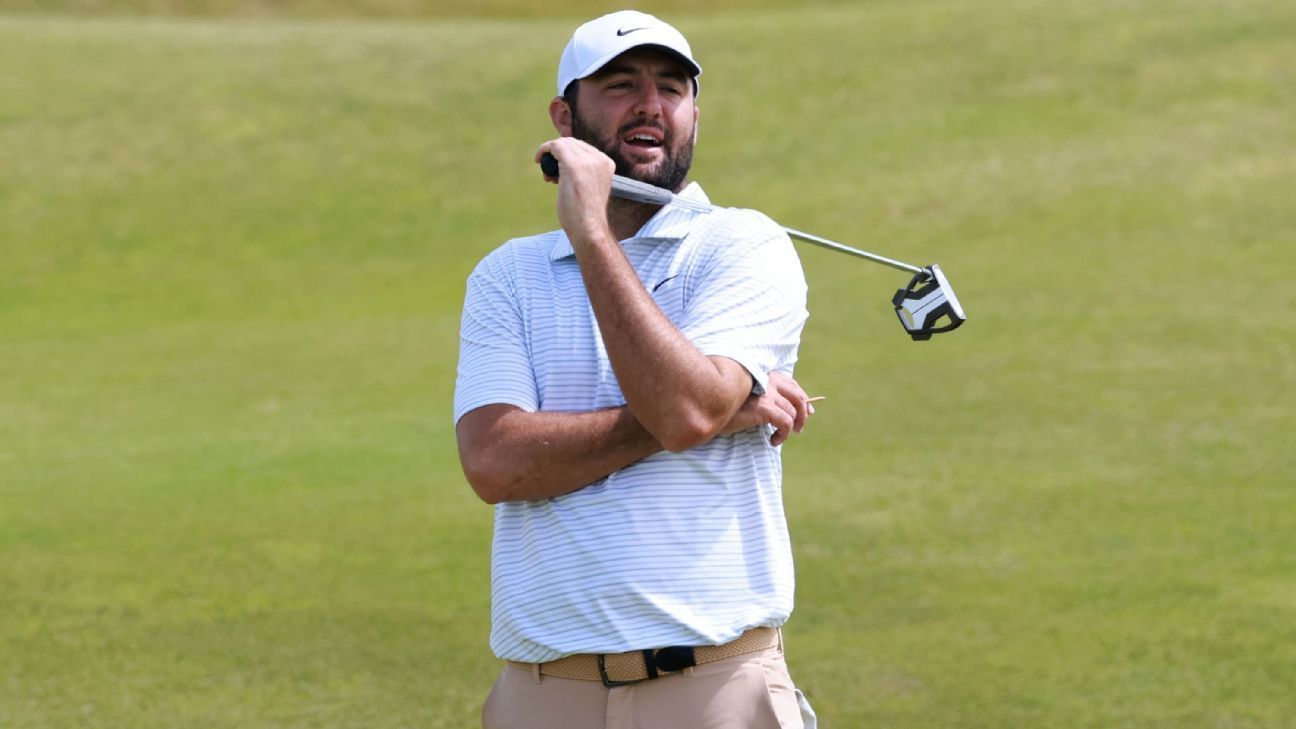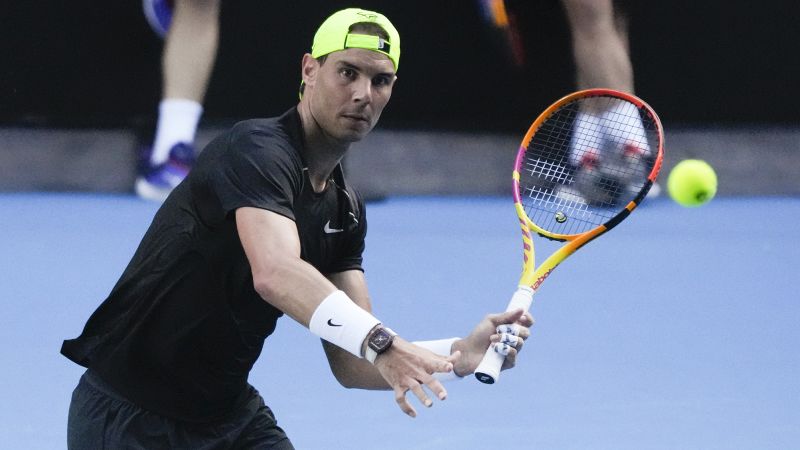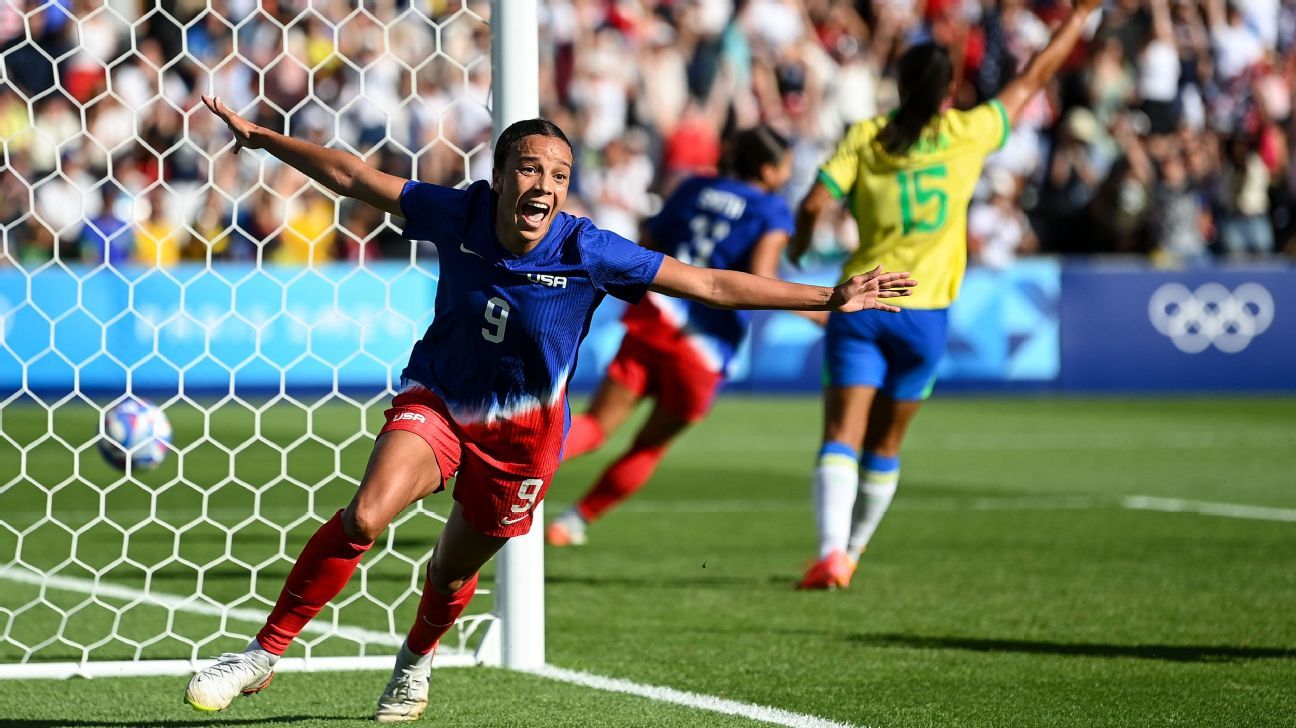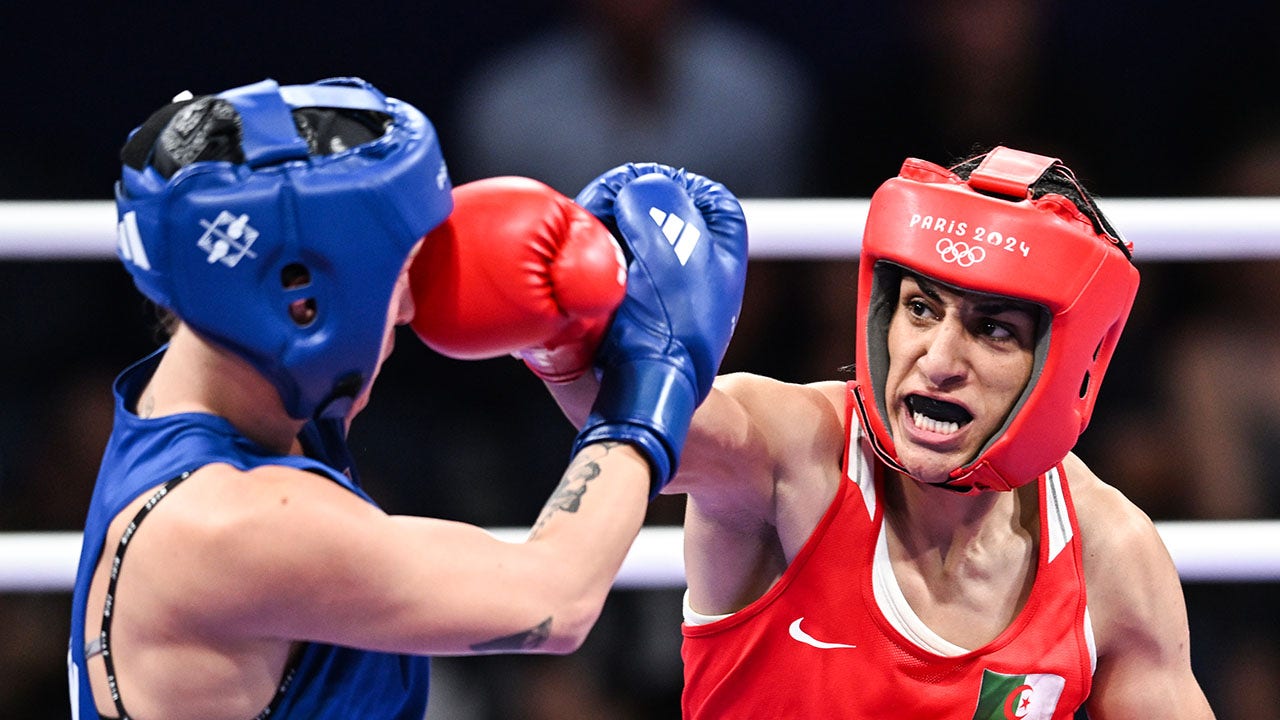TROON, Scotland — The Open Championship, the final major of the season, begins Thursday at Royal Troon golf course on Scotland's west coast.
The Open is generally the most open of the four majors, and has been the reason for past champions such as Todd Hamilton, Ben Curtis, Paul Lawrie and others. The firm fairways and slow greens of the links golf make it a winnable event for anyone.
“I can understand how someone who is a little bit older or maybe not as talented as some of us here, like a 10-handicap golfer who only hits 200 yards, can run around and have fun without losing a lot of balls,” said world No. 1 golfer Scottie Scheffler. “But a golf course like this is still going to be a challenge for players like me.”
Of course, Scheffler remains the man to beat, according to the bookies. How he continues to adapt to links golf will be one of the main stories at Royal Troon.
Will Scheffler continue to win?
Scheffler is coming into the tournament in hot form, having won six times in his last 10 starts on the tour. His sixth victory came in a playoff against Tom Kim at the Travelers Championship at TPC River Highlands in Cromwell, Connecticut, on June 23.
Tiger Woods was the last golfer to win seven times in a tour season, most recently in 2007.
As good as Scheffler has been over the past four seasons, the Open has been his biggest challenge in majors. His best finish was a tie for eighth at Royal St. George's in Sandwich, England, in 2021.
“As far as the learning curve goes, I think you have to be more creative here,” Scheffler said. “I love that part of it. I feel like when I come here, this is how golf is supposed to be played. I feel like there are a lot more opportunities to hit shots and be creative on the greens.”
After finishing 21st at the 150th Open at St. Andrews in Scotland in 2022 and 23rd at Royal Liverpool in England last year, Scheffler changed his preparation this year. Instead of playing at the Scottish Open the week before, he arrived early at Royal Troon.
“As far as getting used to this place, links golf is obviously different than what we play at home, so getting used to the firmness of the fairways, getting used to the bunkers and the speed of the greens is obviously different as well,” Scheffler said.
Can McIlroy end his drought?
All eyes will be on McIlroy, who will once again attempt to end a near-10-year drought without winning a major championship. He last won one of the four majors when he captured his second PGA Championship in August 2014.
McIlroy is trying to bounce back from the heartbreak he suffered on the final three holes of last month's U.S. Open at Pinehurst No. 2, when he missed two short putts and lost to Bryson DeChambeau by one stroke.
McIlroy will play the first two rounds with Max Homa and Tyrrell Hatton. Play will begin at 5:09 a.m. ET on Thursday and 10:10 a.m. ET on Friday.
McIlroy tied for fourth at last week's Scottish Open at 14 under par.
“The game is in really good shape,” McIlroy said. “I had a good restart after Pinehurst that was needed and I felt like I shook off a little bit of the rust from last week and played well. I felt like I probably could have given myself more of a chance to win the tournament. I think it was a solid week. Again, it's like one eye is on preparing for this week, but the other eye is on trying to get into contention as well.”
McIlroy tied for fifth at 4 under par at the 2016 Open Championship, 16 strokes behind winner Henrik Stenson of Sweden.
The four-time major champion says he is close to winning another one after so many failures.
“I know I'm in a good position,” McIlroy said. “If I think back to the five-year period from 2015 to 2020, I rarely had a realistic chance to win a major championship in that five-year period. That's why I'd rather be close to winning. It means I'm getting closer.”
“But yeah, sure, I'd love to be able to play golf and score a goal, but as soon as I do, people are going to say, 'Well, when are you going to score your sixth? ' So it's a never-ending story.”
What to know about the course
Royal Troon Golf Club, established in 1878, will host The Open for the 10th time and the first since Henrik Stenson won the Claret Jug in 2016 with a 72-hole total of 20-under 264, then a record score for all four majors.
The par-71 course has been extended from 7,190 yards (its length eight years ago) to 7,385 yards. Each of the three par-5s is longer. The par-5 sixth is now 623 yards, making it the longest hole in the history of The Open, according to The R&A.
Strong winds coming off the Firth of Clyde, especially on the back nine, can make the course even longer. Typically, golfers will have the wind at their backs on the way out and then play into the wind on the way back in. Of course, the direction of the wind is up to Mother Nature and could be the opposite direction for the first two rounds this week.
Scotland's weather can be unpredictable, but the forecast calls for temperatures of 15-18°C and a chance of showers. Light to moderate breezes are expected throughout the weekend.
“This course is basically a tale of two nines,” McIlroy said. “You feel like you have to score on the way out and then hold on on the way in.”
Royal Troon's most famous hole is the par-3 8th, known as the “Postage Stamp”. It is only 119 metres long, but its small green of about 230 square metres is not such an easy target and is protected by five bunkers.
“It's a very easy hole – just hit the ball on the green,” Woods said. “That's it. Good green, bad green if you miss. It doesn't get much easier than that. You don't need a 240-yard par 3 to make it difficult.”
Scheffler said he likes short par-3s, such as No. 12 at Augusta National and No. 17 at TPC Sawgrass, because they require the golfer to control his ball.
“I think short holes like that are a lot of fun,” Scheffler said. “I think it's an underrated skill for players these days to be able to control the ball, and I think that's something we need to encourage in our game, not just build longer and longer golf courses. You can make a short hole with a small green and it's pretty difficult.”
The par-4 11th is considered one of the most difficult holes on any Open course. Known as the “Railway,” this 498-yard hole has out of bounds along the rail line on the right and thick gorse on the left.
Can Rahm recover?
After winning a green jacket at the Masters and tying for second at the Open last year, it's been a forgettable season for LIV Golf star Jon Rahm in the majors so far.
Rahm, who switched to LIV Golf in December, was tied for 45th at the Masters at 9 over par, 20 shots behind Scheffler. He missed the cut at the PGA Championship and was forced to withdraw from the U.S. Open because of an infection between the toes on his left foot.
Rahm, 29, said he was going to try the U.S. Open but changed his mind after visiting a podiatrist in Pinehurst, North Carolina.
“[The podiatrist] “He told me I probably shouldn't play,” Rahm said. “It was hard to make a decision at that point because my foot had gone numb, so I couldn't feel anything. But based on the progression, he said, 'Yeah, you probably shouldn't play.'
“We made the decision at that point. If things had gotten worse, if the infection had spread further, it could have started to move up my leg and created a bigger problem. We decided to take the week off, as difficult as that would have been.”
After missing the cut at the PGA Championship, Rahm changed the shaft on his driver because he was “thinking too much” in his swing.
“I didn't let myself go and get carried away on the golf course like I would have liked, and that's probably why I didn't perform as well as I would have liked,” Rahm said. “I think it was a big change, right? I think it's been really nice to be able to swing the driver more freely and not have to think about technique as much.”
Harman's defense
Brian Harman was an unexpected winner of the Open Championship when he cruised to a six-stroke victory over Rahm and three others at Royal Liverpool Golf Club last year.
There has not been a back-to-back winner of The Open Championship since Padraig Harrington won the Claret Jug at Carnoustie Golf Links in Scotland in 2007 and the Royal Birkdale in England in 2008.
Harman is the third left-handed player to win the Open, joining Bob Charles (1963) and Phil Mickelson (2013). His six-stroke margin of victory tied for the second-largest in Open history among golfers representing the United States; Woods won the Claret Jug by eight strokes at St. Andrews, Scotland, in 2000.
“I think it would probably add a little bit of pressure, but I don't think you really know what you're capable of until something like that happens,” Harman said. “At least now I know that if things go my way, I'm well prepared. I'm a tough guy to beat and if I prepare the right way and then take care of what I can do, then I'll give myself the best chance of having another one.”
Harman has not won since his runaway victory at The Open. In 18 starts this season he has three top-10s and 10 top-25s, including a tie for second at the Players Championship and a ninth-place finish at the Travelers Championship.
“My stats this year have been really good,” Harman said. “My ball striking has been better than ever. The only thing I haven't done well this year is I haven't putted particularly well. So I'm just waiting for everything to line up right.”












